Three days into Advertising Week and the amount of times I've heard my brethren speak about the potential for more effective and targeted advertising hasn't waned. Yet the advance of technology has left the entire advertising industry -- agency creative, media planners, mobile executives and brand CMOs -- scrambling to catch up. In all of the sessions I've attended, it's become almost obligatory for the moderator to ask panelists "What keeps you up at night?"
Then, yesterday afternoon I walked into B.B. King's in New York City's infamous Times Square and attended a session titled "Media Helps You Sleep" led by some of the world's top CMOs and CEOs from Forbes, Profero, Possible Worldwide, MEC NA and Motive. At first glance, you wouldn't think a lot of serious discussions or convention-challenging statements would come out of a session with that title. But they did.
Right off the bat, Wayne Arnold, Global CEO of Profero, said matter-of-factly, "Data drives the bottom line and business." Then Eamonn Store, President, Global Solutions, MEC NA, said something so simple and profound. "Data doesn't need to be sexy; you need the ability to synthesize data into something that has meaning." The conversation eventually rolled around to that hot topic of social media with Eamonn Store suggesting that "the idea of social listening is one of the most critical ways of generating insight." Data and social clearly keep these CMOs and CEOs up at night. But what about mobile? Just a few days ago, Pew Research Center put out some huge stats -- 44 percent of U.S. adults now own a smartphone and 22 percent of U.S. adults own a tablet. Before I go any further, I should give credit where credit is due --Wayne Arnold, Global CEO of Profero, was quick to admit the faults and hesitation to change. "Agencies need to change." So what about mobile, I ask again. How willing and receptive are the big brands that hire these agencies to adopting mobile into their larger marketing strategy, if at all?
Well, that's made me think about what areas of media and advertising still get me excited and help me sleep at night. To that question, I say the potential to close the gap between the time consumers spend browsing, emailing, texting, playing, downloading and shopping on mobile devices and the hesitation from brands and agencies to invest their time and ad dollars into mobile. To some, that might seem hopeless. To me, it's the chance to change perceptions and educate marketers and old-school agency creatives on how ads on the small screen can increase sales and ROI.
At the risk of sounding too excited or passionate about it, building the best technology solutions to help marketers deliver creative display ads to consumers as they spend more time glued (almost literally) to their mobile devices is a gargantuan task. But there are few and far between in the advertising industry who really have the skills, talent or understanding to move mobile to where it should be. So I spend a lot of my days and nights focusing on hiring and retaining the best talent, who can evolve mobile advertising from its current uncertain status to a matter of fact in every brand's larger narrative. I question and doubt myself at least 20 times a day. Are we doing the best job delivering the right ad to the right audience in the right app on the right device (i.e. smartphone or tablet)? At the end of the day, we can work as hard as we can on improving the technology, but it won't mean anything if we don't have the right team to leverage that technology to deliver ROI and, of course, revenue for brands and publishers.
There's no shortage of choices available to marketers -- print, TV, satellite, cable, radio, outdoor and online. Getting creative directors, media planners, CMOs and the like to say "Yes, I'll shift some of my ad dollars from one to the other," will require seeing some real results. And with mobile, many brands are calling for results that equate to actual revenue (not impressions).
Just as I emerged from the "Media Helps You Sleep" panel, I stood on W. 42nd Street surrounded by thousands upon thousands of outdoor signs, each one flashing brighter and bigger than the next, filled with attractive ads and messages to convince me to go see Mary Poppins on Broadway or purchase a pair of DC Shoes. It was truly overwhelming. With all this noise and chaos surrounding everyone on the street, I couldn't help but notice that everyone, including myself, had their heads down, engaged with their mobile devices. Whether it was searching for directions to the New York Times Center, downloading an app, playing a game, or shooting off a quick email while crossing the street, we function in the physical world using our mobile devices first.
I think I'll sleep pretty comfortably tonight.